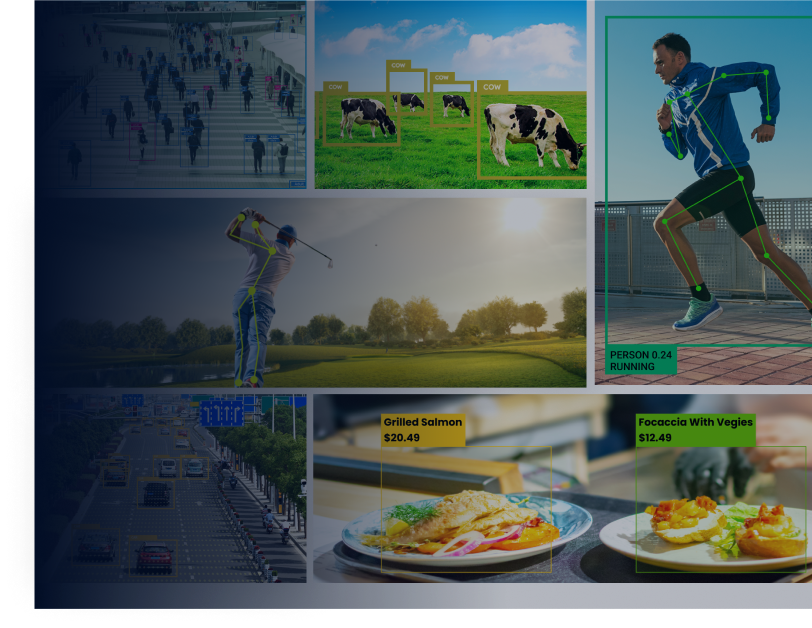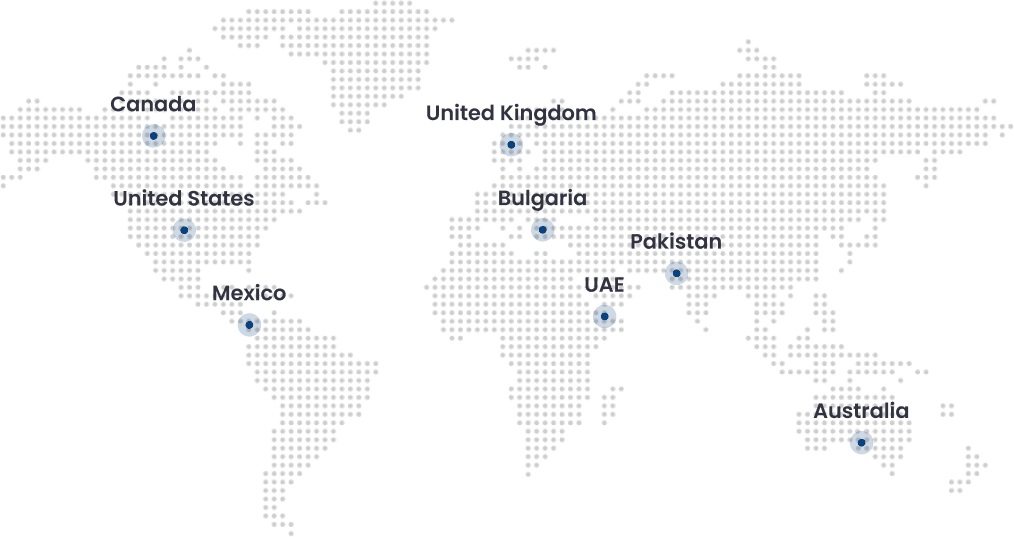Computer Vision is a vital part of Artificial Intelligence (AI). It’s being used in many different areas, like agriculture and retail. Machine vision technology can help us with our daily lives by making things easier for people who have jobs that require visibility to perform their tasks effectively.
In the following, we will provide an up-to-date list of the computer vision books we recommend reading to learn about the most popular concepts, algorithms, and applications of AI vision. The following are the top 15 computer vision books:
- Deep Learning for Vision Systems – One of the Best Computer Vision Book
This book will help you get started in modern computer vision and machine learning. It provides the knowledge needed for actually building a good model from scratch, using practical terms that are easy to understand, even if your skillset isn’t super advanced yet! The chapters go into detail about how deep neural networks work best when applied to various applications like image generation or facial recognition, with lots of examples thrown right there at every page turn, so it’s hard not to find something engaging enough already.
- Machine Learning Design Patterns
The three Google engineers who wrote this book are passionate about machine learning and want to make it easier for data scientists. The design patterns in their work capture best practices, common problems solved by these methods across many projects with real-world applications–and provide clear advice on how you can apply them too!
- Concise Computer Vision: An Introduction to Theory and Algorithms
This book provides an introduction to computer vision. The text covers the topological and geometric basics for analyzing image regions, distributions of values within those images as well as identifying patterns in an altogether given set of photos by using optic flow techniques like dense motion analysis, which can be done with less information about movement than traditional methods require but still deliver good results when applied correctly!
- Learning OpenCV 4 Computer Vision with Python 3
This book is for anyone who wants to learn about computer vision, whether they are beginners or experts. It provides the theory and practical knowledge necessary to perform various operations like image processing and video analysis/understanding with Open CV 4 and Python 3 on different platforms. In this course, you will learn about the different types of machine learning algorithms and their applications. You’ll be able to create your detectors for objects in photos or videos using these concepts!
- Computer Vision Metrics: Survey, Taxonomy, and Analysis
Computer Vision Metrics provides a thorough survey of current and historical feature descriptions with a detailed analysis of machine vision methods. The book includes an extensive taxonomy for local, regional, or global features that can be categorized by their type, such as search space characterization techniques; spectroscopic components including descriptors, representations, shapes, distance functions, accuracy, robustness invariance attributes, etc., providing readers more knowledge about this exciting field in which we are constantly evolving!
- Modern Computer Vision with PyTorch
PyTorch is a powerful and versatile tool that can be used for deep learning. This book provides an introduction to the field, with coverage on basics such as artificial neural networks (ANN), fundamental Pytorch concepts like tensors and calculus expressions, alongside more advanced topics including GANs (reinforcement leadership algorithms), which are covered in depth by following several tutorial examples written specifically geared towards those interested beginners or professionals seeking deeper understanding.
- Computer Vision: Principles, Algorithms, Applications, Learning
Computer Vision is a fascinating field of study that has come to life with recent advancements in technology. This book provides readers with not only an understanding of what computer vision entails but also how it can be applied and some examples of where this new skill might offer help around our homes or workplaces.
- Multiple View Geometry in Computer Vision
This book is about how to reconstruct scenes from images using geometry and algebra, with applications for computer vision. The techniques described in this text range across both classical multiple view geometries as well as modern ones, so it’s clear which methods are being used at any given time. This book gives a complete introduction to the geometric principles and their algebraic representation in terms of camera projection matrices, fundamental matrices (which project an image onto 2D), and the trifocal tensor. It covers the necessary knowledge for remodeling 3D from multiple images captured either simultaneously or chronologically.
- Practical Deep Learning for Cloud, Mobile & Edge
This book will take you through the process of developing practical deep learning applications for deep neural networks. You’ll learn how to train, tune, and deploy modern computer vision models with Keras, TensorFlow Lite, or even Google Coral, using a hands-on approach that is suited towards both mobile devices as well as edge hardware like Raspberry Pi boards!
- Computer Vision: A Modern Approach
This textbook provides the most complete treatment of modern computer vision methods by two of the leading authorities in the field. This accessible presentation gives both a general view of the entire computer vision enterprise and sufficient detail for students to be able to build useful applications. Students will learn techniques that have been proven to be useful by first-hand experience and a wide range of mathematical methods.
- Introduction to Visual SLAM
This book offers a systematic and comprehensive introduction to the visual simultaneous localization & mapping (vSLAM) technology, which is an essential component for many applications in robotics. It begins with very basic math knowledge, such as 3D rigid body geometry based on circles moving around each other, etc., before delving deeper into more complex topics like how cameras work or what makes up sound waves, so that readers can have access to whatever level they’re at when learning these skills!
- Computational Intelligence Methods for Super-Resolution in Image Processing Applications
This book explores the application of deep learning techniques within an especially difficult computational type of computer vision (CV) problem—super-resolution. The authors present and discuss ways to apply CI methods on SR with a focus on different types of pooling operations for improving recognition accuracy in noisy images as well as other applications including robotic grasping, grabbing objects off shelves at nearby stores without damaging them too much because there are no sanitary gloves available when you need them most!
- Building Computer Vision Guide
In many respects, you’ve already experienced computer vision, one of the most powerful and engaging forms of artificial intelligence. What it is, how it works, and why it’s so amazing (and just going to get better) are all laid out here for your perusal. Computable Vision (CV) is the branch of computer science that studies how computers can identify and analyze images and videos in exactly the same manner that humans do. It wasn’t until recently that computer vision could be used in a larger capacity.
- Practical Machine Learning for Computer Vision
This book will teach you the ins and outs of machine learning so that both engineers and data scientists can use these techniques to solve a variety of image problems. You’ll learn about classification models like SVM’s or Logistic Regression, which measure risk based on criteria such as median-average difference; object detection using Support Vector Machines (SVMs) with optimized hyperparameters, and autoencoders, a method for converting raw input pixels into codes representing statistical features automatically. And many more!
- Beginners’ Guide to Computer Vision
Real-world applications such as diagnostic imaging and picture editing and stitching that students can apply to their own photos and movies are also discussed, as are the difficult challenges of using vision in the real world. This textbook/reference is more than simply a collection of “recipes.” It takes a scientific approach to solve basic vision problems by developing physical models of the imaging process and then inverting those models to obtain descriptions of a scene.
Folio3 is Your Best Computer Vision Tech Partner:
We at Folio3 specialize in computer vision and offer a range of services to help you leverage your big data. Our AI can transform unstructured data into clear, actionable analytics for profitable growth! Customized ai image processing services and solutions to meet your needs. We help businesses implement AI image segmentation with ease, accelerate their own process of developing an intelligent solution for a problem they face in the industry verticals that matter most and turn ideas into reality faster than ever before like cattle breed app!
Reach out to us now or drop a comment if you want to learn more about computer vision books,









